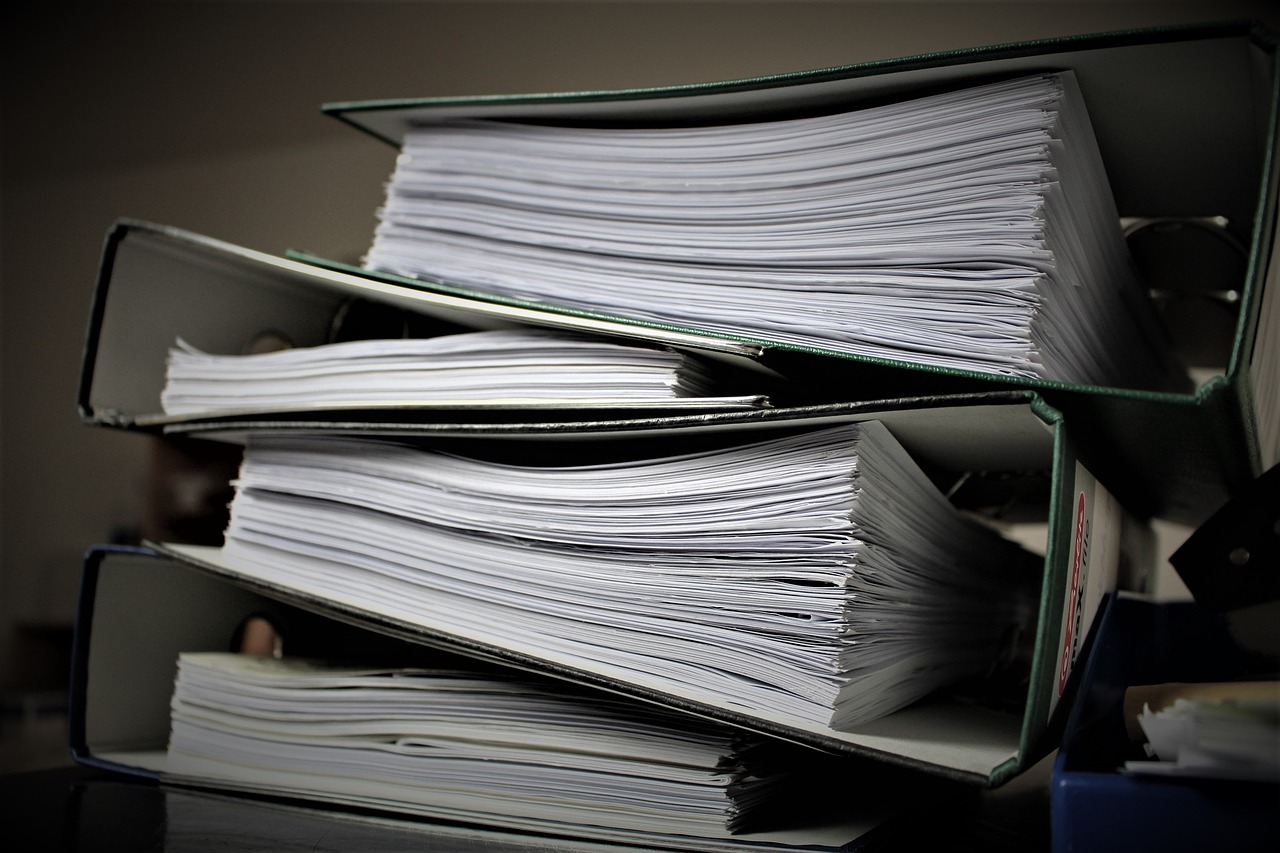Litigation readiness has been the subject of discussion for some time now. As an eDiscovery industry veteran of more than 17 years, I really thought I had been exposed to the majority of issues facing corporations involved in litigation. Having made the transition to enterprise content management, I am now seeing that in the anticipation of litigation, companies often find that their content management systems are often left out of the discussion, or at the very least, an abyss of unknowns which may lead to confusion during the identification and preservation stages.
The process of responding to discovery requests is largely reactive, sometimes resulting in outright panic, and scrambling to understand where all potentially relevant material is located magnifies the challenge. In addition to identification, we must also think about how the documents and data are preserved as part of the legal hold process whether they have been moved to another location or held-in-place. Outside consulting is often needed to identify data sources, perform searches, and forensically collect documents which are consistent with the scope. Such consulting firms must then also be prepared to testify that any data collected was done so in a forensically defensible manner, and that information is stored following the data governance best practices. Being prepared for such eventuality requires creating an organized system for indexing, searching, and interacting with documents across systems.
Typically, we hear about physical assets, file shares and email at the forefront of scrutiny during the discovery phase; however, as digital transformation permeates businesses throughout the world, companies must also consider their ERP, CRM and content repository systems being a treasure trove of relevant documents. These systems, such as SAP, Salesforce, MS Dynamics, FileNet and Box are often not managed as consistently as other document stores across the board. Each system typically stores different file types and fielded data entered via RPA or even manually as well as tracks them separately making it challenging to ensure every piece of related data is captured. Moreover, it is difficult for consultants and litigation support folks to know if they are searching the right locations and if the search criteria is formatted correctly for each system, especially when combined with various fielded data.
Information governance standards have become increasingly stringent when it comes to data retention. More and more electronic documents and data are being retained today than ever before. According to Mediapost.com, 90% of all data in existence today has been created in the last two years. (Mediapost.com 2016) This creates a growing problem of organizing this data and finding a streamlined approach to searching and collecting data that is relevant. Companies are looking for solutions that allow better data governance, user-friendly interface, and the ability to organize all information across multiple data repositories. Unity by Intellective checks all these boxes by creating an aggregated data index, boasting federated search capabilities, and controlling document versioning, as well as providing full transparency for workflows. When I saw Unity and Unity for Salesforce for the first time, my first thought was “Wow, all my eDiscovery friends need to see this to help their corporate customers!”

